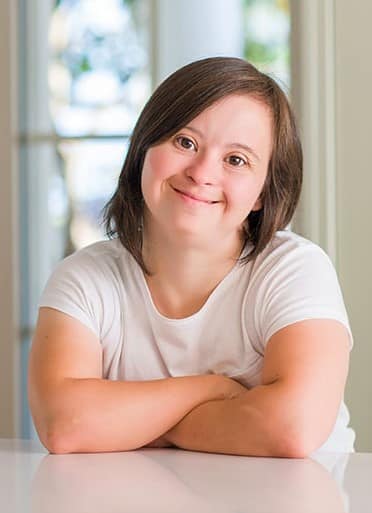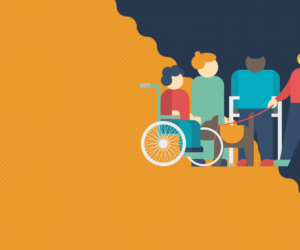Before knowing down syndrome symptoms, it’s essential to know what is down syndrome in the first place, the reasons, and how it affects a person’s life. A condition in which a person has an extra chromosome is called down syndrome. Chromosomes are tiny gene packages in the body that determine how each person’s body forms when the mother is pregnant. It also determines how the baby’s body’s functions would be as it grows in the womb and after birth. As in normal conditions, a baby must have born with 46 chromosomes.
A baby with down syndrome symptoms has an extra chromosome, a copy of one of these chromosomes. The medical term for having an extra chromosome is” trisomy.” it is just one chromosome, but it can affect the body and brain development. The baby will face mental and physical challenges in life.
According to the National Down Syndrome Society (NDSS), about one of 700 babies born with down syndrome symptoms in the U.S. This syndrome is the most common genetic disorder in the U.S. People with this syndrome may look similar, especially in their appearance, but down syndrome symptoms are different among individuals.
Down syndrome symptoms and individuals
It is no true that all the down syndrome symptoms are the same among all people. They vary from one person to another. People with down syndrome face different problems and challenges in their lives. There are two types of down syndrome symptoms.
Physical symptoms
According to NIH, the most common physical symptoms of the syndrome are as follow:
- Low or decreased muscle tone
- Flattened facial profile and nose
- Short neck, with excess skin at the back of the neck
- Small head, ears, and mouth
- Upward slanting eyes, often with a skin fold that comes out from the upper eyelid and covers the inner corner of the eye
- White spots on the colored part of the eye (called Brushfield spots)
- Wide, short hands with short fingers
- A single, deep crease across the palm
- A deep groove between the first and second toes
- The development of down syndrome children is slower than the other children
- The learning process for physical performances takes time more than normal children, just like people with disabilities.
Intellectual and developmental symptoms
The common problems among people with down syndrome are cognitive impairment, problems with thinking, and learning. According to NIH, the other intellectual down syndrome symptoms are as follow:
- Short attention span
- Poor judgment
- Impulsive behavior
- Slow learning
- Delayed language and speech development
Down syndrome woman at home happy face smiling with crossed arms looking at the camera. Positive person.
Down syndrome types
When the down syndrome symptoms have diagnosed, the person, according to the conditions, will put in one of these three types:
Trisomy 21
Trisomy 21 comprises 95% of people with down syndrome. Each cell has separate copies of chromosomes 21 instead of the usual two copies in this type of down syndrome.
This one is the most common form of down syndrome.
Translocation Down Syndrome
Significantly few people fall into this category, something about 3%. This syndrome occurs when a baby has an extra part or a whole extra chromosome 21. Still, it is attached or translocated to a different chromosome rather than being a separate chromosome 21.
Mosaic Down Syndrome
About 2% of people have down syndrome. Mosaic means combination or mixture. For mosaic down syndrome, some cells have three copies of chromosome 21. But, the other cells have the typical two copies of that chromosome.
Prevent down syndrome symptoms in the first place
There are two tests to check the symptoms during pregnancy. To detect down syndrome symptoms in the first place,
Screening test
During pregnancy, a check-up test is a combination of a blood test that measures the number of various substances in the mother’s blood and an ultrasound test that creates a baby picture. This test tells a woman that her pregnancy has a lower or higher chance of having Down Syndrome. This test does not provide a definitive diagnosis, but these tests are safer for both mother and the baby.
Diagnostic test
This test typically performs after the positive screening test and detects whether a baby will have Down Syndrome. It is a risky test for mothers and developing babies.
Types of Diagnosis test
- Chronic villus sampling
- Amniocentesis
- Percutaneous umbilical blood sampling
This test cannot have certain and sure results and predict the full impact of this syndrome. The fact is that no one can predict that for sure.






